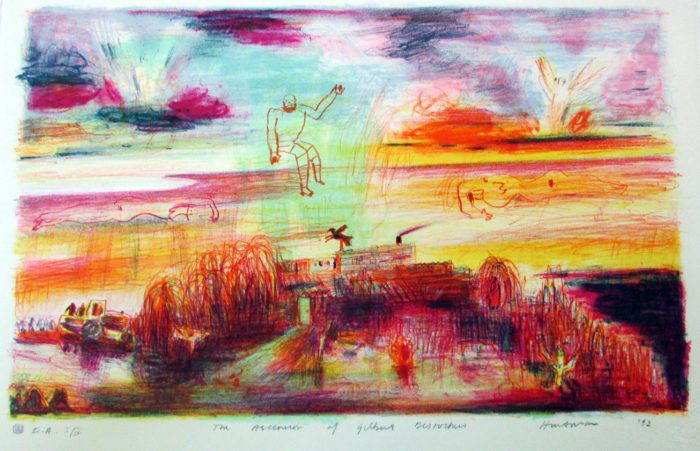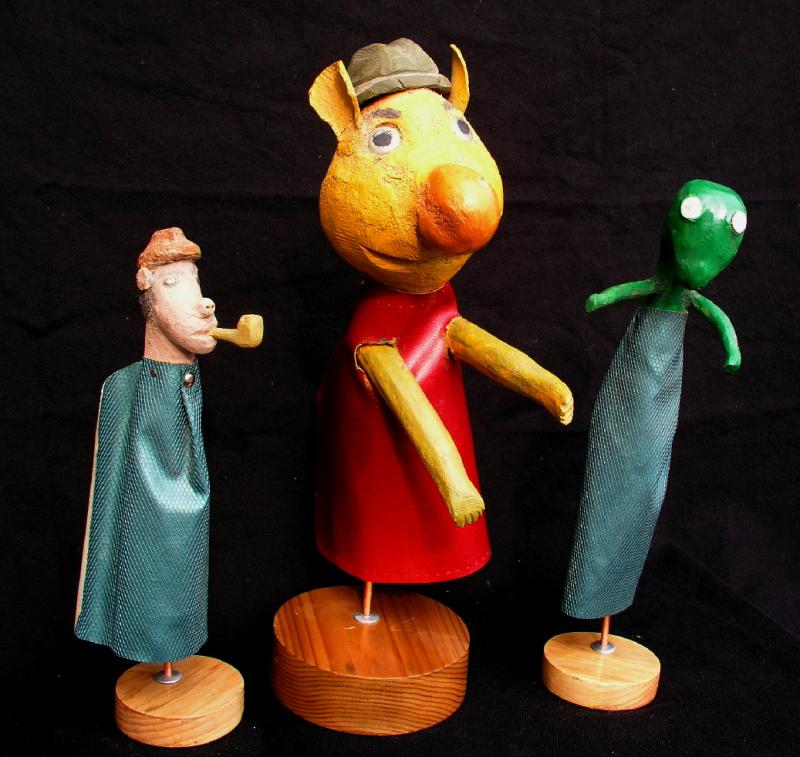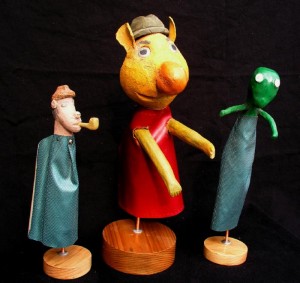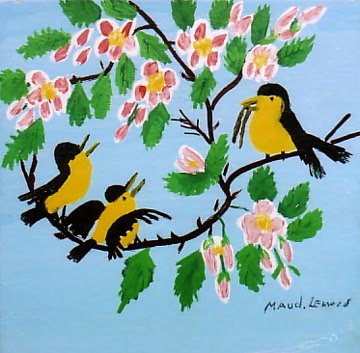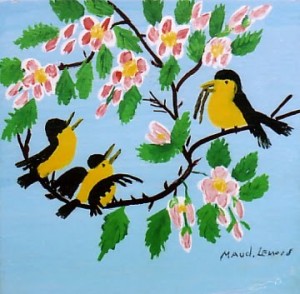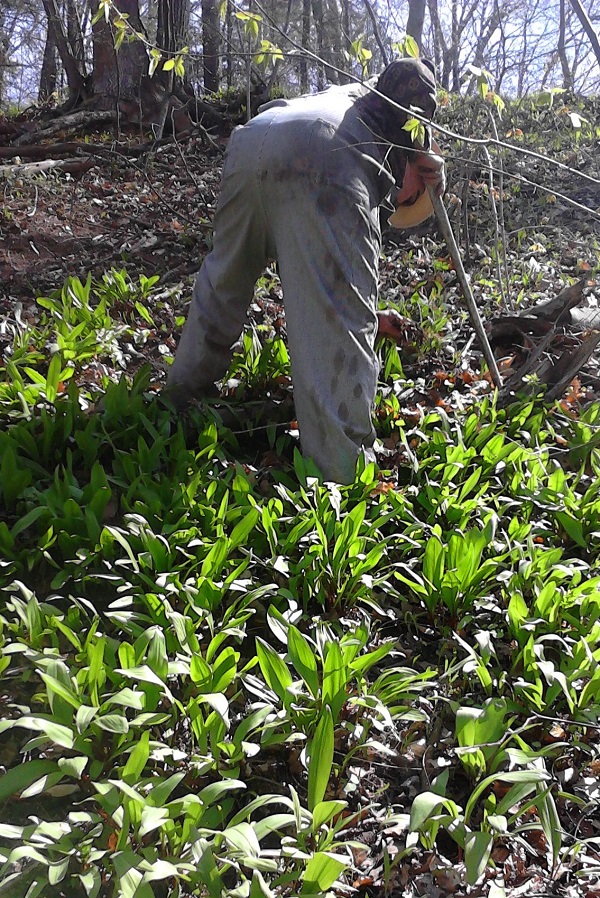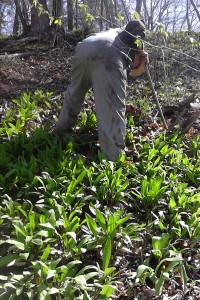For the last couple of decades the term “Outsider art” has come into popular use as a catch all phrase to describe the work of those who live “outside” society. Prisoners, religious visionaries, the institutionalized, and hermits all fall into this category.
It is quite often grouped together with folk art in that it is also primarily work by an untrained hand, but it differs in that the work is often more wildly imaginative, or “edgy”.
Back in the early 90’s, I was fortunate enough to participate in the second and third Outsider Art Fairs in New York. I was struck and amazed at the high levels of both positive and negative energy generated by the various works from around the world on display there.
Everything from giant nightmare fantasies to what could best be described as visions of heaven fighting it out side by side. It was intense and worthwhile. It was also an interesting lesson in marketing, in that I observed how a handful of powerful art dealers control and establish who is “hot” and how much these works were going to cost.
The newly found amazing collage/paintings of Henry Darger were presented initially at about $4,000 for a small one. The second year the price was $40,000.
The book had come out on the Chicago recluse who spent all his days writing his posthumously discovered 15,145-page, single-spaced fantasy manuscript called The Story of the Vivian Girls, in What is known as the Realms of the Unreal, of the Glandeco-Angelinnian War Storm, Caused by the Child Slave Rebellion, along with several hundred drawings and watercolor paintings illustrating the story. Beautiful and disturbing.
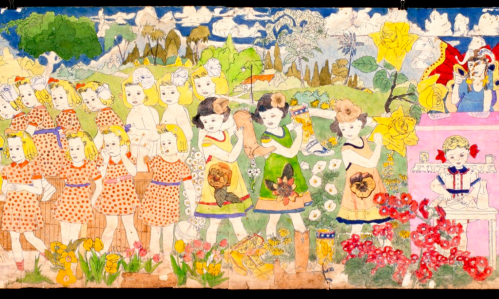
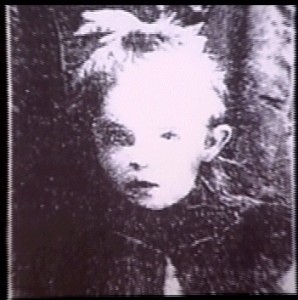 [This is a picture of Elsie Paroubek who was murdered at the age of five in 1911 in Chicago. The picture is most likely to have come from the Chicago Daily News. It was one of many newspaper photos of children collected by artist Henry Darger. According to his autobiography, his copy of Miss Paroubek’s photo was in amongst some items that were stolen when his locker at work was broken into, and he was unable to locate the picture in the newspaper archives. The tragic death of Miss Paroubek and the loss of her image inspired him to begin writing his monumental fantasy novel “The Story of the Vivian Girls.” Miss Paroubek was a central character in the novel, under the name Anna Aronburg. Photo is in the public domain. Text excerpt from wikipedia CP]
[This is a picture of Elsie Paroubek who was murdered at the age of five in 1911 in Chicago. The picture is most likely to have come from the Chicago Daily News. It was one of many newspaper photos of children collected by artist Henry Darger. According to his autobiography, his copy of Miss Paroubek’s photo was in amongst some items that were stolen when his locker at work was broken into, and he was unable to locate the picture in the newspaper archives. The tragic death of Miss Paroubek and the loss of her image inspired him to begin writing his monumental fantasy novel “The Story of the Vivian Girls.” Miss Paroubek was a central character in the novel, under the name Anna Aronburg. Photo is in the public domain. Text excerpt from wikipedia CP]
In Canada, there are just a few documented artists who could be considered “outsiders”. There is Clarence Webster who drew interesting childlike pictures to cheer up the walls of his institutional room.
A very interesting visionary artist was Alma Rumball who lived in a rural Muskoka cabin. Following a vision of Jesus, she became a clairvoyant recluse, at age 50, creating prolific, intricate, coloured pen and ink drawings. She watched, as “The Hand” drew by itself, unfamiliar forms, faces, and characters, separate from her consciousness.
There is a good Vision T.V. documentary on this artist. Another example is Gilbert DesRochers, who after a religious vision moved to his brother’s farm near Perkinsfield, where he lived in a small trailer and attended church regularly, producing many religious based sculptures. He was discovered and documented by artist John Hartman in 1980 and a solo exhibition of his work was held at the McMichael Canadian Art Gallery from November 3, 1991 to March 1, 1992. For the Silo, by Phil Ross.
Featured image- The ascension of Gilbert DesRochers. Beaverbrook Art Gallery.
